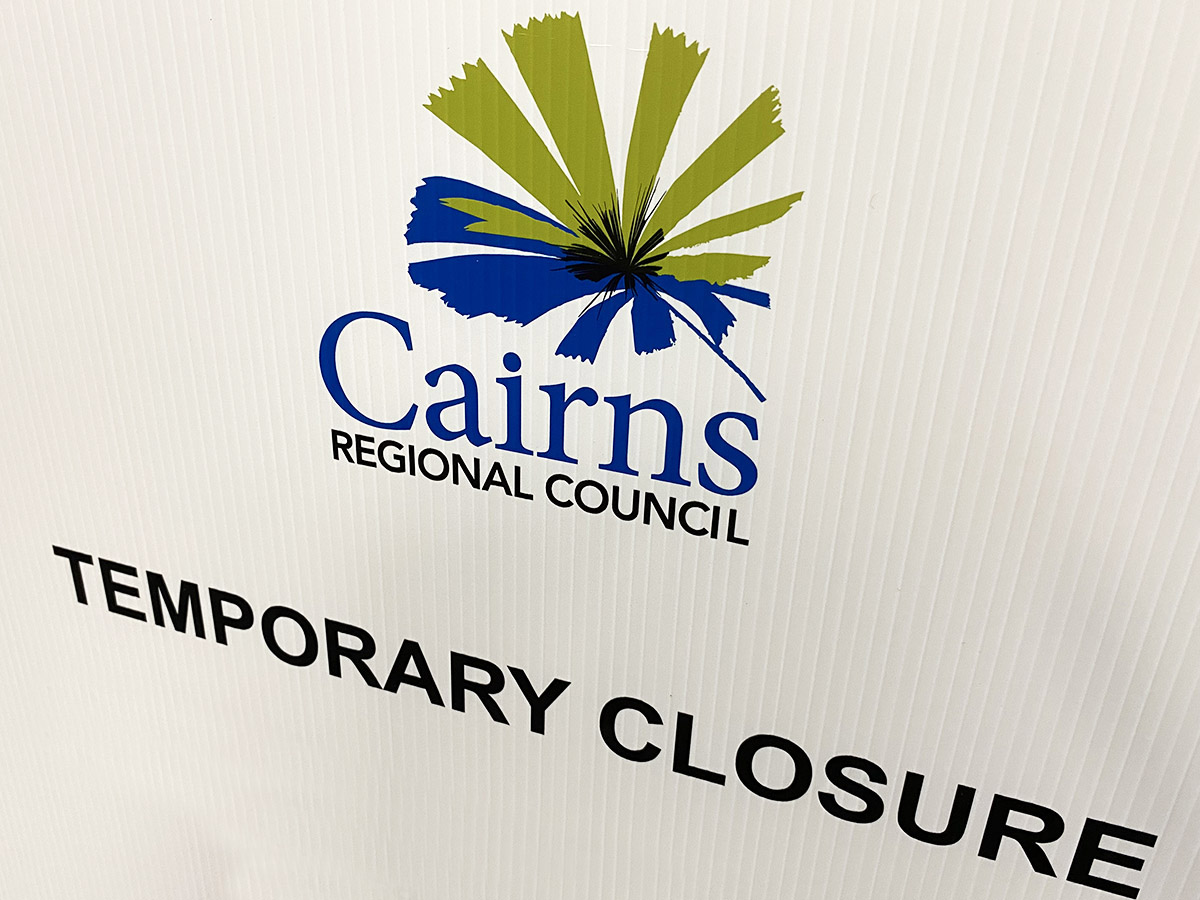Can kindness spread like a virus? Some of Queensland’s best young mathematicians recently took up the challenge of finding out by competing in USC’s Maths Modelling Challenge.
Year 9 and 10 students from more than 20 high schools – from as far as Mareeba in North Queensland to Mansfield in Brisbane – used the power of maths to solve three real-world scenarios devised by USC maths and science academics.
Students had to either model the local and global impact of small acts of kindness on mental health, determine the associated CO2 emissions of posting a selfie each day on a social media platform, or measure the environmental impacts of the daily school drop-off and pick-up.
The three winning teams were from Kawana Waters State College, Maryborough’s St Mary’s College and Urangan State High School in Hervey Bay. Teams from Burnside State High School, Bayside Christian College and Mansfield State High School received highly commended awards.
Challenge judge, USC physicist Dr Kathryn Broadhouse, said the “Mathematics of Kindness” category was based on the theory that kindness was contagious and could spread exponentially.
“The simple answer that most teams came up with was that it will take at least 31 days for all seven billion people in the world to receive an act of kindness from one random interaction,” Dr Broadhouse said.
The category was won by St Mary’s College students Sky Neale, Cammie Burridge and Kate Bensted who calculated the number of random acts of kindness students at their school would have to carry out before it spread like a virus across the globe.
“This team impressed the judges by taking the concept to a whole new level and applying more complex modelling to reflect realistic interactions and social connections and the effect this would have on the projected timeline,” Dr Broadhouse said.
The “Social Media Carbon Footprint” scenario category was won by Urangan State High School students Seb Clarke, Jacob Killer and Ryan Wheatley.
They used modelling to determine how much of Australia’s annual CO2 emissions was generated from users each posting a single selfie per day on a social media platform.
A team from Kawana Waters State College devised modelling to find a solution to reduce car congestion, driver frustration and the noise and air pollution caused by the daily school drop-off and pick-up to win the “School Run” category.
Lucas Biava-Bishop, Ben Fowler and Daniel Breytenbach impressed the judges with their project, which measured the environmental benefits of a proposed “Cycle to School” initiative.
Marina Fitzpatrick from USC’s School of Science and Engineering said the challenge, delivered online this year due to COVID-19 restrictions, was designed by USC to inspire the next generation of leaders in STEM (Science, Technology, Engineering and Mathematics).
“The scenarios chosen for the competition underpin the ethos that STEM has applications across the curriculum and beyond the classroom, and challenge students to use STEM in solving everyday, real-life problems,” she said.
As part of the program, all participating schools received online presentations on maths modelling and its use in the real world from USC mathematicians and researchers, as well as tips on how to approach the challenge criteria.
Students then worked in small groups to develop, model and present their findings, with the top model from each school submitted online to USC STEM judges.







